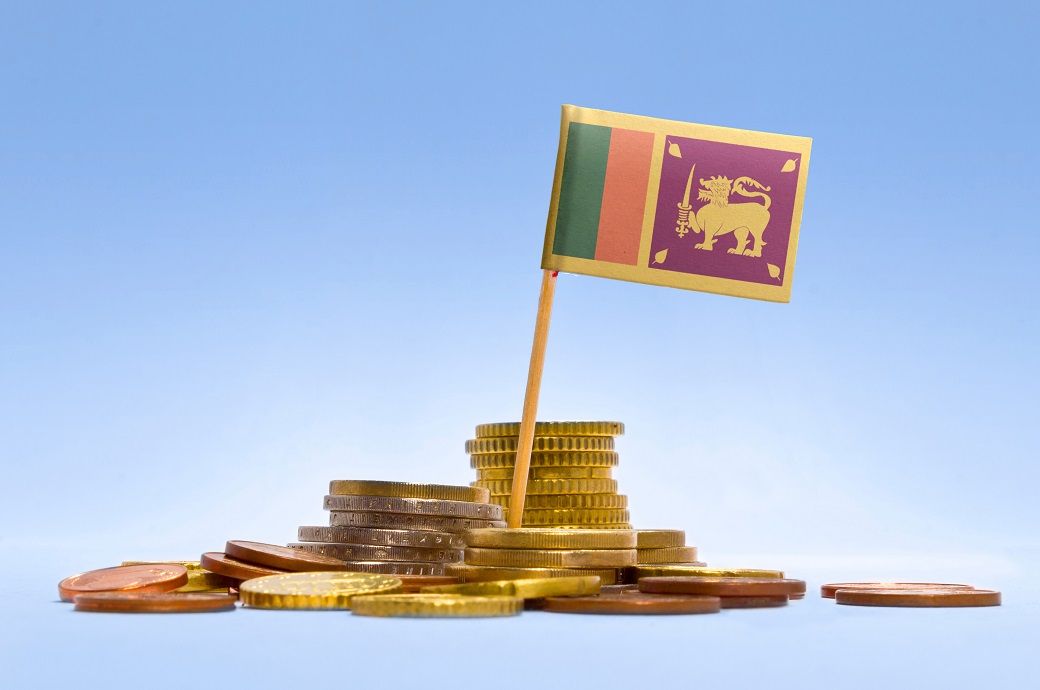

Despite the promising signs of recovery, including declining inflation, enhanced fiscal policies leading to higher revenues, and a current account surplus—the first in nearly five decades—Sri Lanka continues to grapple with deep-rooted socio-economic issues. The increase in remittances and a surge in tourism have contributed to this fiscal improvement, yet the shadow of elevated poverty levels, income inequality, and labour market instability looms large.
Poverty rates in Sri Lanka have alarmingly risen for the fourth consecutive year, with an estimated 25.9 per cent of the population living below the poverty line in 2023. The labour force participation has dwindled, notably among women and in urban locales, further aggravated by the shutdown of micro, small, and medium-sized enterprises (MSMEs), as per the report.
The World Bank's outlook for 2025 forecasts a slight improvement in economic growth to 2.5 per cent, accompanied by an uptick in inflation and a minor current account surplus. Nonetheless, the country's financial health remains under threat from significant debt service obligations, anticipated to strain fiscal balances further. The poverty rate is expected to hover above 22 per cent until 2026, underscoring the enduring impacts of the current economic crisis.
Key risks that could derail the nation's economic recovery include inadequate debt restructuring, rollback of reforms, financial sector vulnerabilities, and the aftermath of the crisis. The World Bank emphasises the critical need for steadfast reform implementation to ensure macro-fiscal-financial stability, invigorate private sector investment, and mitigate risks posed by state-owned enterprises.
The report complements the South Asia Development Update, highlighting that while South Asia is predicted to be the fastest-growing region globally, with a 6 per cent growth rate in 2024 led by India, Pakistan, and Sri Lanka, the reality beneath the surface is complex. Growth rates remain below pre-pandemic figures, heavily reliant on public expenditure, amid a slowdown in private investment across the region. Furthermore, the pace of job creation lags behind the rapidly expanding working-age demographic.
Fibre2Fashion News Desk (DP)